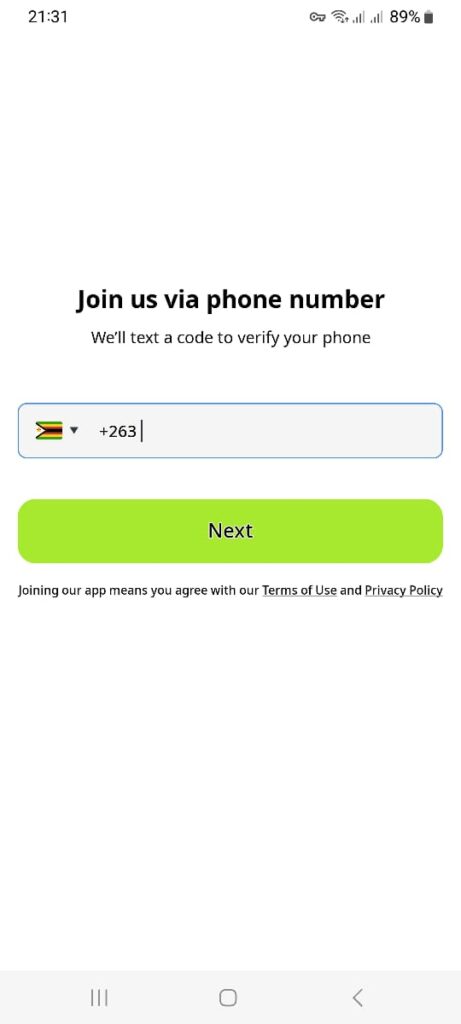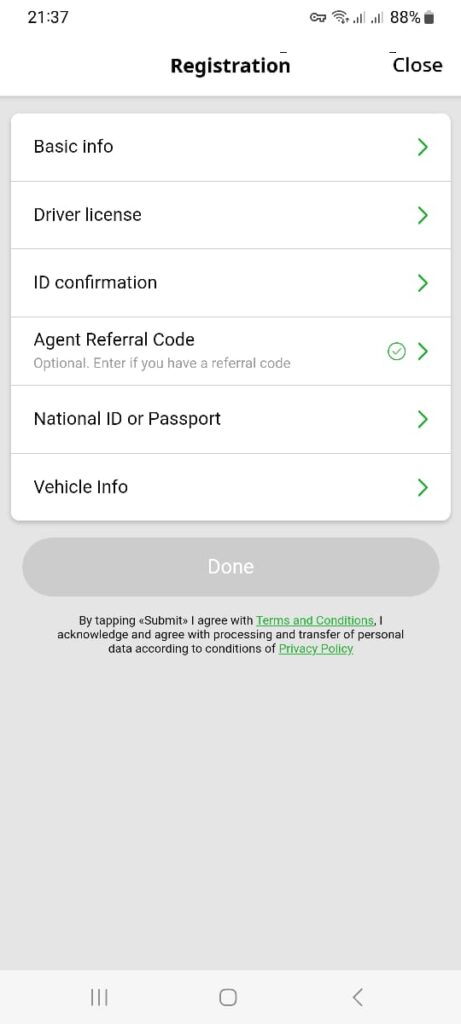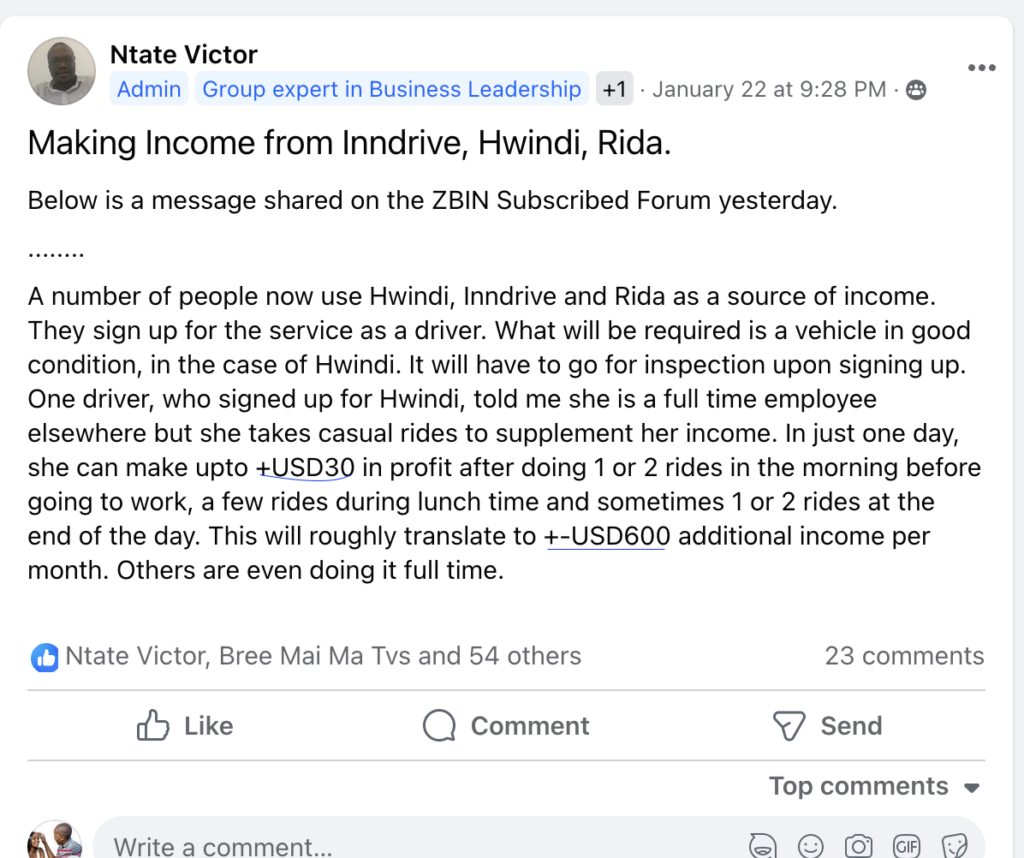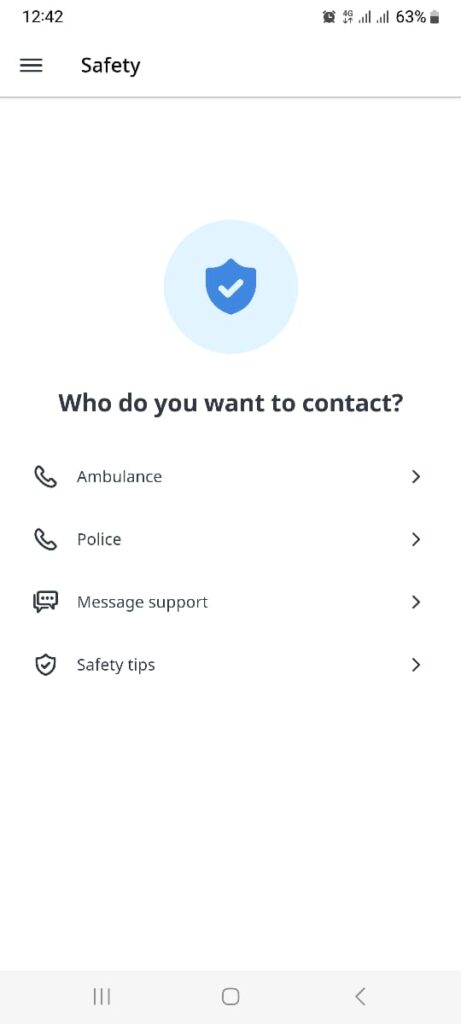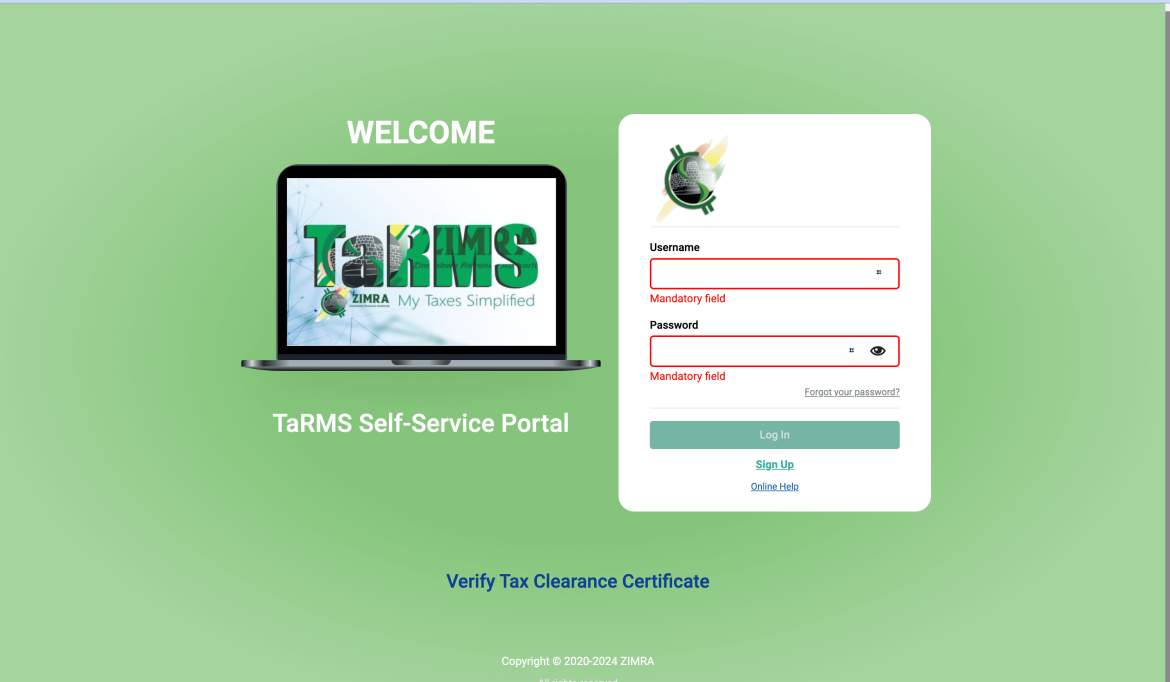Company re-registration season is Zimbabwe is upon us and the date for the re-registration has since been set to 30 April 2026. In this write up, we dive deeper into why should companies re-register (the consequences), the requirements for company reregistration, the steps to be taken, how to reregister a company in Zimbabwe, and by when should companies re-register (deadline for company reregistration). Without further ado, let’s get into it!
Why company re-registration in Zimbabwe?
Company re-registration came about when the Companies and Other Business Entities Act (Chapter 24:32) was enacted. This means that all manually registered companies (companies registered before April 2024) must re-register and have their details captured electronically. The act came into being in 2019. So this is compulsory for all companies. Section 303(9) of the Act requires all existing companies and private business corporations to re-register under the new Act.
The Government of Zimbabwe has issued business owners with an ultimatum for the re-registration of companies registered under the old system. The move has been necessitated by the government’s migration from the old paper-based model to a more efficient and secure tamper-proof electronic system.
Company Re-registration deadline
Under Statutory Instrument 108 of 2025, the Minister of Justice, Legal and Parliamentary Affairs, acting in terms of section 303 of the Companies and Other Business Entities Act, has set 20 April 2026 as the deadline for the re-registration of companies registered under the old Act.

Company re-registration in Zimbabwe – Announcement
Requirements for company re-registration
Here are the requirements for company re-registration in Zimbabwe:
- Scanned copies of all your company registration documents (Certificate of Incorporation , CR5, CR6, Memorandum and Articles of Association. Note that companies re-registered before 2022 have CR14 and CR6 instead of CR5 and CR6.
- Updated annual returns for that respective company- the company being re-registered must have updated its annual returns with the registrar of companies. For us to compute the total cost of updating your returns , please advise us the date of incorporation of your company.
- Minutes – The directors should pass minutes to re-register the company and file the Minutes in their company records
- Resolution – Existing shareholders must agree to re-register the company by signing a special resolution.
- A signed affidavit showing that you have the right to re-register the company.
Here is sample text to write when filling in the affidavit form.
I, [your full name] , bearing ID number 63-XXXXX-01 , solemnly affirm that I am a director of Your Company Name and possess the authority to proceed with its re-registration. Our application accurately represents the contents of the office copy file.
The total number of shareholders are X:
Shareholder A- ID number- Y number of Shares
Shareholder B- ID number- Z number of Shares
Total number of shares taken –
Download the Zimbabwean affidavit form here if you don’t have one.
Company reregistration steps.
Step 1. Requirements gathering
Re-registering your company in Zimbabwe is easy. Simply get in touch with us with the above requirements. WhatsApp , call or email us with the requirements.
Step 2. Pay the $100 company re-registration fee.
To proceed successfully with your company re-registration, you must pay the company re-registration fee of $100. We will prepare your pessary documents and advise you of any annual returns that must be paid.
Step 3: Receive your re-registered company documents.
Once we have submitted your documents to the Registrar of Companies, we will receive re-registered documents of your company. We will email these to you. Please note that company re-registration is being done so that all companies must be electronically captured. This means that no more hard copies of company documents. However, you may see physical copies of company documents for things like Annual returns.
Key Consequences of Non-Re-registration
If a company is not re-registered by the stipulated deadline of 30 April 2026, it faces severe legal and operational consequences. The primary and most serious consequence is that the company will lose its legal status.
- Struck Off the Register (Deregistration):
- The company is considered defunct and will be automatically removed (struck off) the official Companies Register by the Registrar of Companies.
- It will legally cease to exist as a corporate entity.
- Loss of Legal Capacity:
- Once struck off, the company cannot legally trade.
- It cannot enter into new contracts or enforce existing ones in a court of law.
- Any directors or members attempting to continue business operations could potentially face personal liability.
- Frozen Bank Accounts:
- Financial institutions (banks) are notified of the company’s removal from the register, which typically leads to the freezing of its bank accounts.
- Loss of Company Name:
- The company name, which was previously protected, becomes available for another person or entity to register. The former owners lose the right to the name.
- Assets Become State Property (Bona Vacantia):
- Any undistributed assets of the company (property, funds, equipment, etc.) after its dissolution may be declared bona vacantia (ownerless goods) and vest in the State.
Why Re-registration is Required
The re-registration exercise is mandatory for all companies registered before the new COBE Act came into effect. The government initiated this to:
- Modernize the Register: Transition from an old paper-based system to a new electronic one (the new C.I.P.Z. portal).
- Clean Up the Records: Eliminate “ghost” companies—entities that exist on paper but are no longer operational or compliant—to create a cleaner, more accurate, and transparent business environment.
- Enhance Compliance: Ensure all active entities align with the new, modern legal framework, including new requirements for beneficial ownership disclosure.
Frequently Asked Questions About Company Re-registration
When should companies be re-registered?
The deadline for company re-registration in Zimbabwe is 30 April 2026. All companies not re-registered by this deadline will be de-registered.
How much does it cost to re-register my company?
Company re-registration in Zimbabwe costs US$100.00 only if done via this website.
How can I re-register my company?
Re-registering your company is very simple. Get in touch with us now and start the company re-registration process.
What is included in the company re-registration price?
- The Companies Registry fee
- Completion and filing of the Company re-registration form, which is used to notify Companies and Intellectual Property of the company re-registration
- Minutes – The directors should pass minutes to re-register the company and file the Minutes in their company records
- Resolution – Existing shareholders must agree to re-register the company by signing a special resolution
Re-register your company in Zimbabwe now! Get in touch with Maxwell on +263716196475 | +263777069078 or via email: info@companyregzim.co.zw
Conclusion
In summary, not re-registering is an existential threat to a company in Zimbabwe, effectively dissolving the business and separating the owners from its assets and name.


